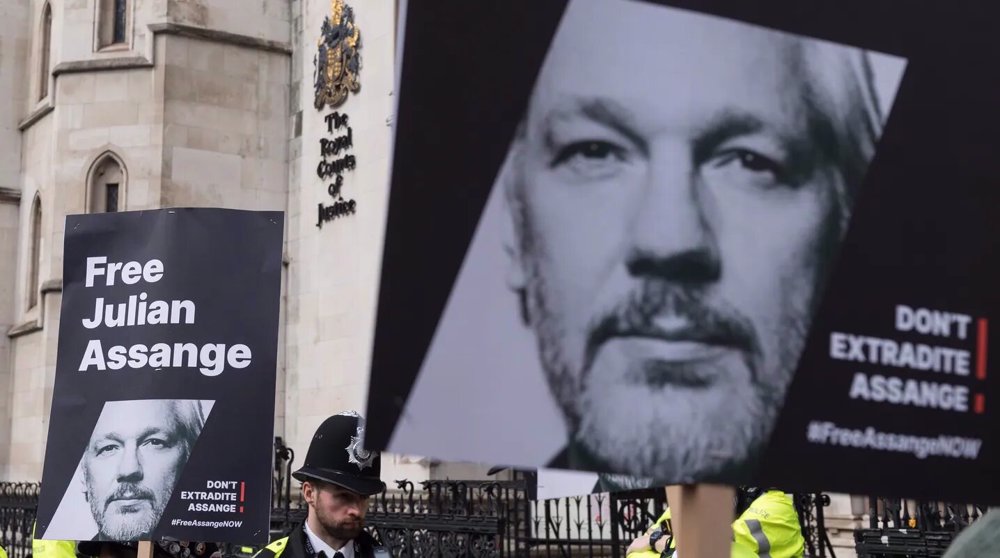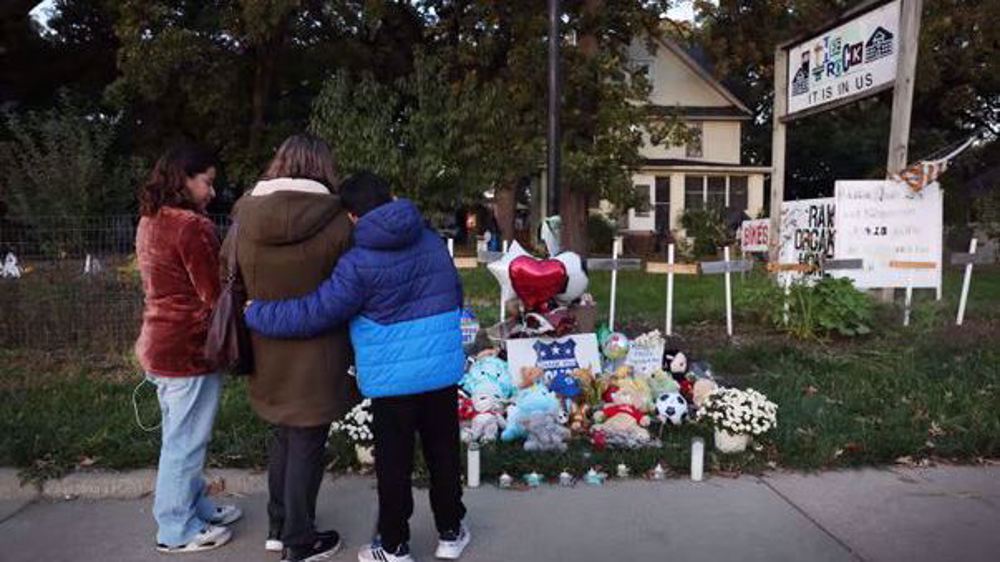US gives cover to Saudi use of cluster bombs in Yemen: Report
The United States is providing a “thinly-veiled cover” for the use of cluster bombs by Saudi Arabia and its allies in their military aggression against Yemen, says a report.
US State Department spokesman John Kirby said that cluster bombs were “permissible” as legitimate weapons of war if “used appropriately,” according to The Inter Press Service.
“If used appropriately, there are end-use regulations regarding the use of them. But yes, when used appropriately and according (to) those end-use rules, it’s permissible,” he told reporters earlier this week.
Steve Goose, director of Human Rights Watch's arms division, said such statement is just a cover.
“Any recipient of US cluster munitions has to agree not to use them in populated areas. Saudi Arabia may be violating that requirement. State and Defense Department officials are looking into that,” Goose told IPS in an interview.
Citing a Pentagon official, Goose said the United States is already aware that Saudi Arabia has used cluster munitions in Yemen.
He also said the states parties to the Convention on Cluster Munitions (CCM) are holding a conference next month and are expected to condemn Saudi Arabia for deploying internationally prohibited weapons in Yemen.
The CCM is an international treaty--adopted in 2008 and entered into force in 2010-- that addresses the “humanitarian consequences” and “unacceptable harm” to civilians caused by cluster munitions. The convention bans all use, production, transfer and stockpiling of cluster bombs.
Human Rights Watch, a driving force behind CCM, said last May that prohibited cluster munitions have wounded civilians, including a child, in attacks in northern Yemen.
The international rights organization posted photos showing remnants of cluster munitions and unexploded submunitions found in several areas, including al-Nushoor and al-Maqash in Sa’ada.
“These weapons can’t distinguish military targets from civilians, and their unexploded submunitions threaten civilians, especially children, even long after the fighting,” said Ole Solvang, a senior researcher at the emergency division of the HRW.

In August 2013, the US Department of Defense agreed to provide Riyadh with 1,300 CBU-105 cluster bombs manufactured by Textron.
The United States has more than doubled the number of its military staff “providing intelligence, munitions and midair refueling” for Saudi Arabia’s airstrikes on Yemen.
The number of so-called American advisers working at joint military operations centers in Saudi Arabia and Bahrain has risen from 20 to 45, according to The Los Angeles Times.
In addition, US warships have also helped enforce a naval blockade in the Gulf of Aden and southern Arabian Sea.
The Saudi onslaught has claimed more than 4,300 lives and forced more than 1.3 million others from their homes since March, according to United Nations agencies.
Israeli airstrike kills at least 7 people in Rafah
VIDEO | Iranians hold nationwide demos in support of IRGC
Syria condemns US veto of Palestine UN membership resolution
Iraqi resistance forces hit Israeli Ovda air base
Hackers break into Israeli military’s computers, access trove of documents
Tulkarm Brigade commander killed by Israeli forces in raid on refugee camp
Zionist media desperately trying to turn Israeli defeat into victory: Iran
VIDEO | Press TV's news headlines










 This makes it easy to access the Press TV website
This makes it easy to access the Press TV website